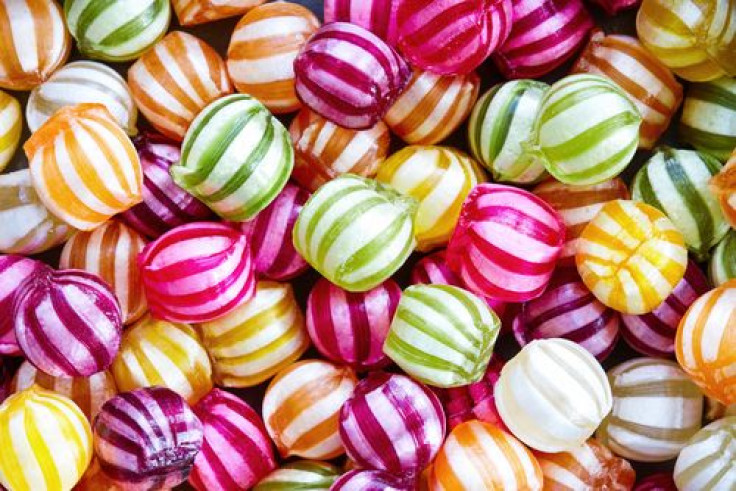Lab-Grown Candy Actually Fights Cavities, Sugar-Free Treat Uses Good Bacteria To Prevent Acid Damage

Five-year-olds and dentists around the world, rejoice: Scientists have developed a sugar-free candy that utilizes heat-killed good bacteria to fight the bad bacteria living inside a person’s mouth. When eaten at periodic intervals, the candy was found to fight the harmful effects of acid-producing bacteria that can eventually lead to cavities.
German researchers from the Berlin-based firm Organobalance GmbH initiated their pilot study hoping to find a way to counteract the effects of poor oral health. When “bad” bacteria in sugary foods exceeds the good bacteria in saliva and other remineralization factors, such as those from calcium and fluoridated toothpastes, the bad bacteria begins to erode the hard tissues surrounding teeth. If not properly cleaned, these teeth eventually develop dental caries, or, as they’re more commonly known, cavities.
Around the world, cavities stand as perhaps the most prevalent condition plaguing oral health, with some 2.43 billion people — or 36 percent of the world’s population — having one or more dental caries. In the U.S. alone, they are the most common chronic childhood disease, at least five times more prevalent than asthma, according to the American Academy of Pediatric Dentistry. More often than not, a person’s cavities are caused by one of two bacteria, or a combination of both: Streptococcus mutans (S. mutans) and Lactobacillus paracasei (L. paracasei). Observing S. mutans to play a larger role, the researchers focused their attention solely on the one bacterium to conduct their study.
The double-blind, randomized trial included 20 participants per study group: a placebo-controlled group, a test of 1mg-bacteria candies, and a test of 2mg-bacteria candies. Participants weren’t allowed to perform any oral health activities from the night before the trial to the morning after, excluding from their diet coffee, tea, wine, and probiotic foods (to minimize bacteria exposure). Over the 1.5-day study period, the participants consumed three candies, one 10 minutes after each meal, and produced a saliva sample for later testing.
The results showed the test group’s candies to be significantly more effective at reducing bad bacteria levels than the placebo. Some 80 percent of test group subjects experienced reduced S. mutans bacteria, compared to the placebo group, at 59 percent. Over the two days of tests, the placebo group’s bacteria levels dropped at slowing rates. Meanwhile, the test group’s effectiveness continued to rise over the study period.
“We think it remarkable that this effect was observed after exposure to only five pieces of candy containing 1 or 2 mg of dead L. paracasei DSMZ16671 (the good bacteria) consumed in 1.5 days,” the researchers explained. However, they still conceded that “while this represented ‘real-life conditions,’ it did probably contribute to statistical variation. Future studies are planned with larger populations with more homogeneous mutans streptococcal level subjects.”
Source: Holz C, Alexander C, Balke C. Lactobacillus paracasei DSMZ16671 Reduces Mutans Streptococci: A Short-Term Pilot Study. Probiotics and Antimicrobial Proteins. 2013.



























